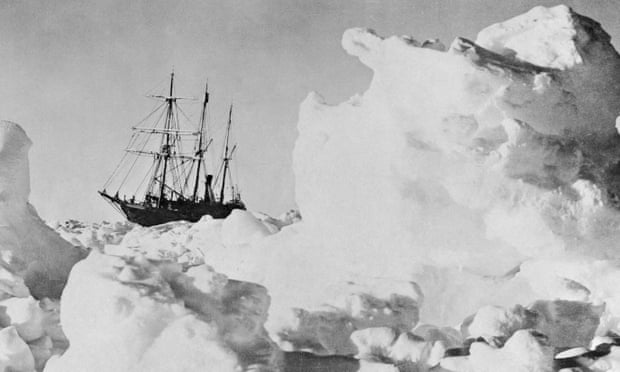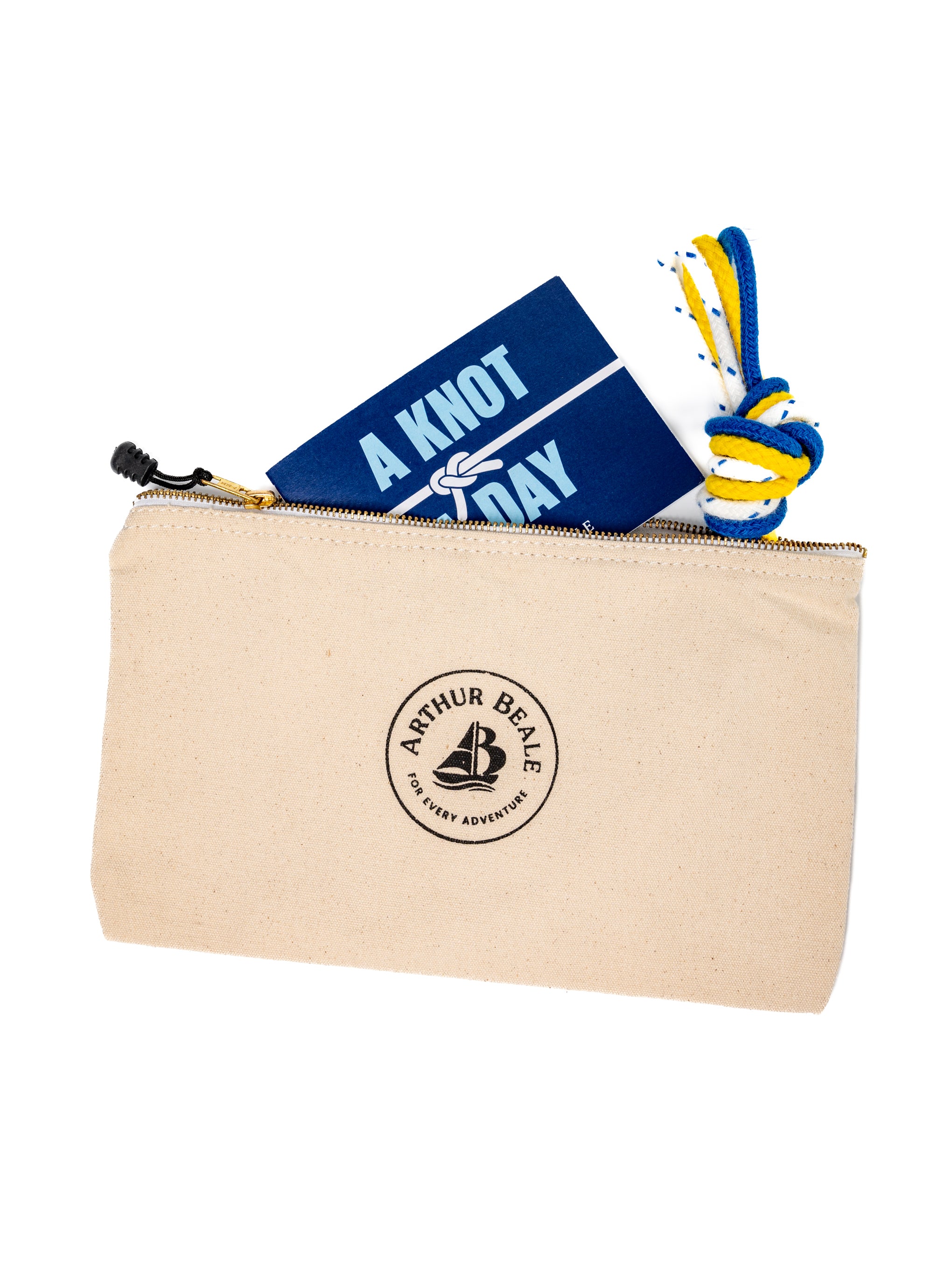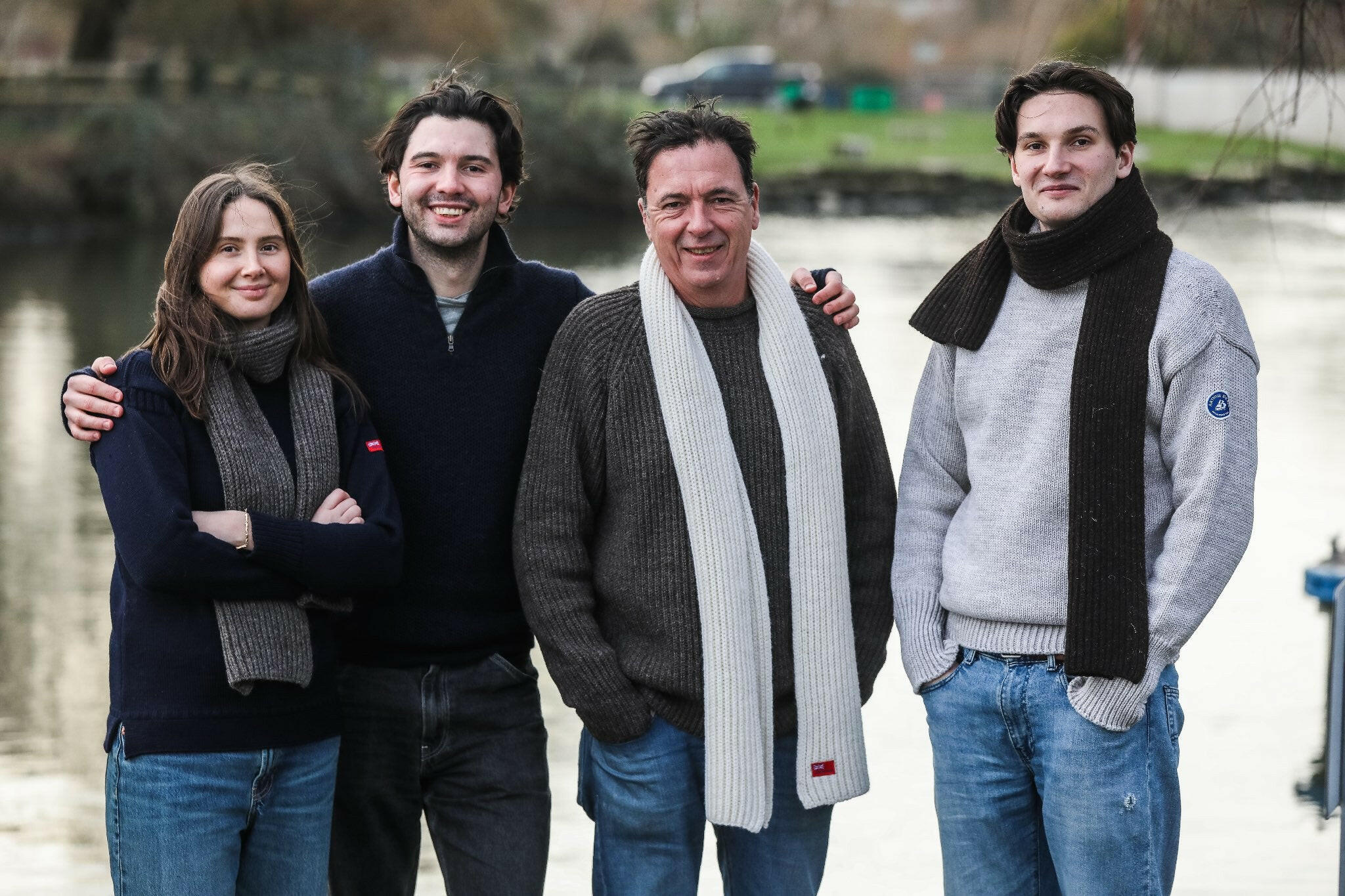
The hunt for Shackleton's Endurance wreck begins in Antarctica
A century after Ernest Shackleton's ship Endurance was crushed by a pack of ice in 1915, a team of modern adventurers are setting sail to the Antarctic aboard the Agulhas II, a South African icebreaker, in hopes to find the wreck.
The 144-foot-long Endurance sits in 10,000 feet of water in the Weddell Sea. This treacherous Sea has a swirling current which creates a notoriously nasty mass of sea ice, posing problems even for modern icebreakers. Shackleton himself described the site as "the worst portion of the worst sea in the world."
Shackleton and his crew of 27 watched for months from aboard as the ship was slowly crushed by the pressure of ice building up around it. These photos show the descent of this magnificent vessel into one of the most famous shipwrecks in the world.


Shackleton and his crew's subsequent survival became the stuff of legend...
After the pressure of ice makes the Endurance “literally jump into the air and settle on it’s beam”, according to Perce Blackborow (a stowaway aboard Endurance with a fascinating story himself), the crew endure two months aboard as they slowly watch the pressure of ice building up around the ship.
Two months later on 1st November 1915, Shackleton and his crew abandoned ship and set up camp on the pack ice, emptying Endurance of her supplies, food and three open lifeboats. These supplies likely included Arthur Beale rope, pulleys and ice axes. We still have Shackleton's signed order for various goods in our archives.
Just 20 days later, with a single cry of “She’s going, boys!”, Shackleton and his crew watch Endurance sink.

For 5 months the crew drift north on the ice pack. In April, Elephant Island, a bleak and remote island home only to Elephant seals and penguins, appears on the horizon. The crew make use of their three lifeboats and launch themselves into the Southern Ocean, and after several harrowing days at sea, the 28 crew and three lifeboats finally land safely on the desolate Elephant Island.

Realising his crew would die unless he searched for help, Shackleton decides himself and five others will sail 800 miles to South Georgia, in a 22 foot boat! After 17 days in stormy seas, they miraculously arrive on the west coast of South Georgia, but it isn’t over yet! They must still tackle the heavy glaciated mountains, never crossed before, in order to reach a whaling station at Stromness on the other side of the island. They trek for 36 hours straight over these unchartered mountains thousands of feet high, until finally arriving at the station. Ernest Shackleton’s ice axe, engraved with “Arthur Beale Shaftesbury Avenue” now sits in the Polar Collection at the National Maritime Museum.

Over the following months, Shackleton organises several unsuccessful rescue missions. Finally in August, Shackleton sets sail aboard a small steamer and manages to rescue the crew, 22 months after they had initially set sail. All 28 survive.

Shackleton returned to Britain a hero. Now over 100 years later, some brave adventurers are setting out once again to the Weddell Sea to hunt for the wreck.
With a crew of 46 and a 64-member expedition team aboard, the Agulhas II icebreaker is enroute to the Weddell Sea in pursuit of Shackleton’s lost ship Endurance. Mensun Bound, a marine archaeologist and director of exploration for the expedition, Endurance22 says “It’s the most unreachable wreck ever”. The treacherous ice packs and swirling current mean that even getting there will be very difficult, despite all the advancements in ship building since Shackleton set sail over 100 years ago in his Norwegian timber built ship.
Once there, the crew will have less than two weeks to locate the wreck and if found, drones will take photos, videos and precise laser scans of the wreckage. The site must remain undisturbed, as it has been declared a historic monument under the terms of the Antarctic Treaty. The wreck is expected to be in remarkable shape because of the cold water and absence of wood-eating organisms in the Antarctic sea, we can’t wait to see what they find (fingers and toes crossed).
Even if the wreck isn’t found, the expedition should help scientists better understand the ice of the Weddell Sea, and how it is changing as the planet warms because of emissions of greenhouse gases. Samples will be taken of the Antarctic ice in order to study it’s properties. Unlike Arctic sea ice, which has declined over decades as the Earth has warmed, Antarctica’s ice levels have remained relatively constant. Scientists on board will be looking for signs that possible long-term changes are beginning.













Leave a comment
This site is protected by hCaptcha and the hCaptcha Privacy Policy and Terms of Service apply.